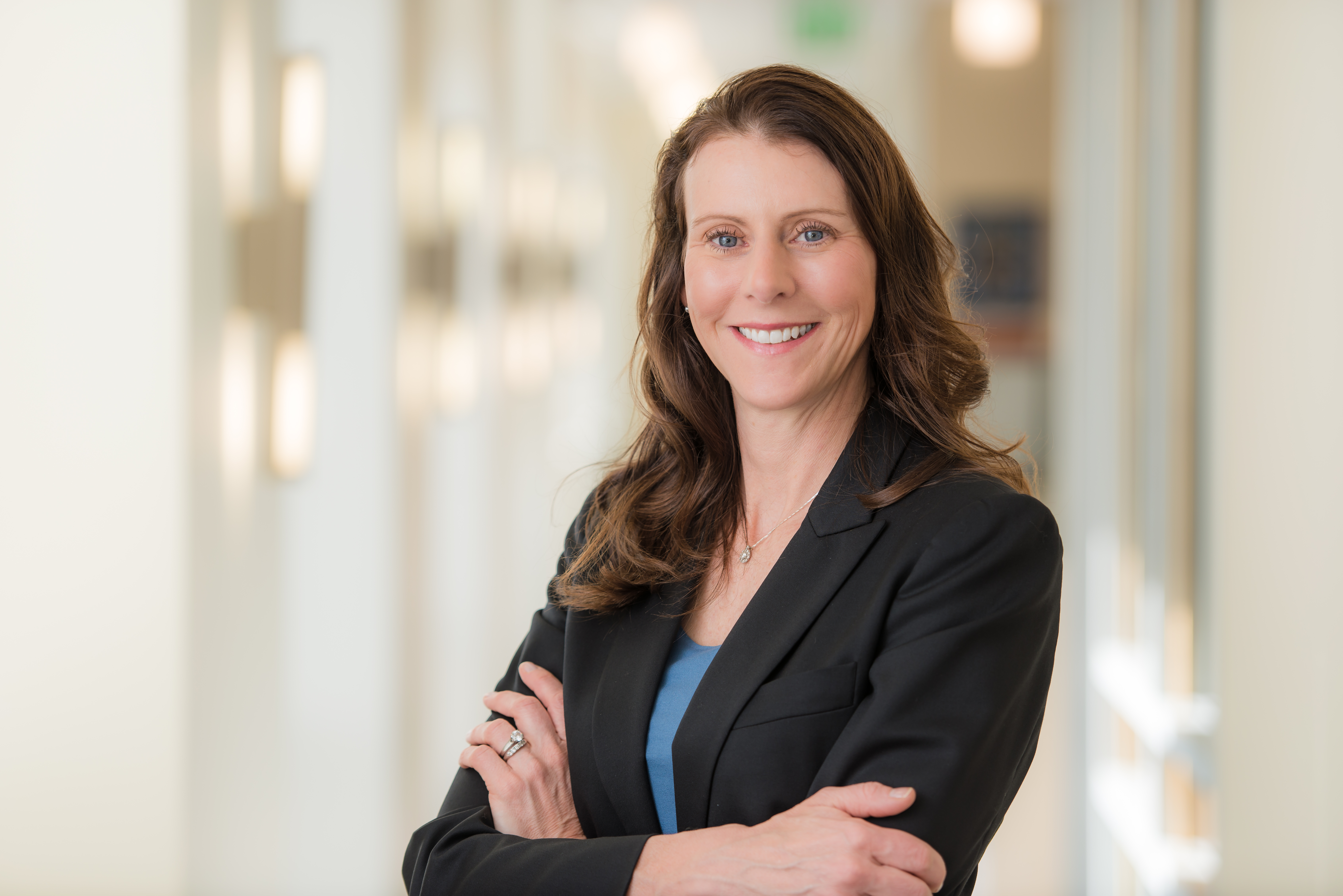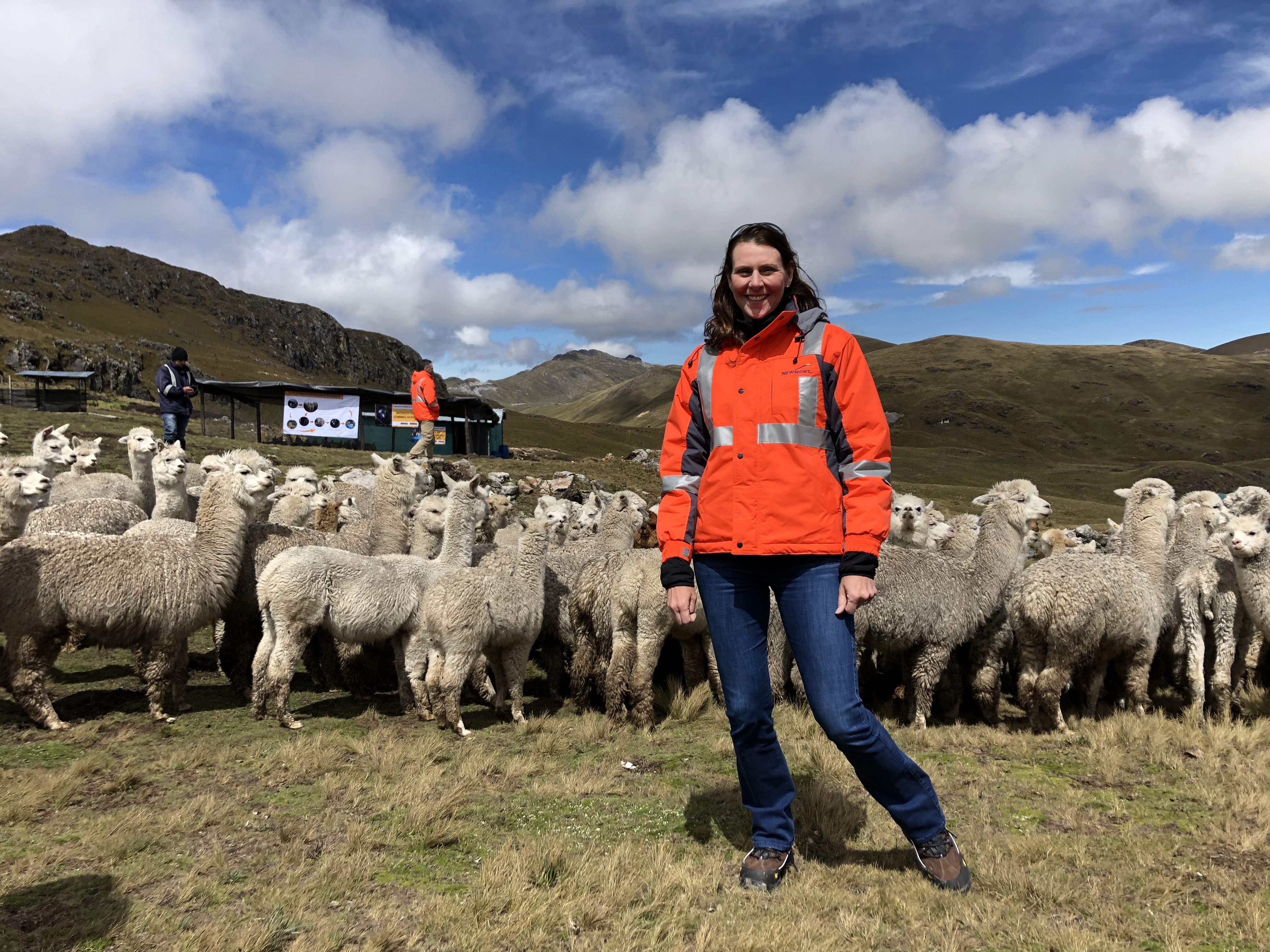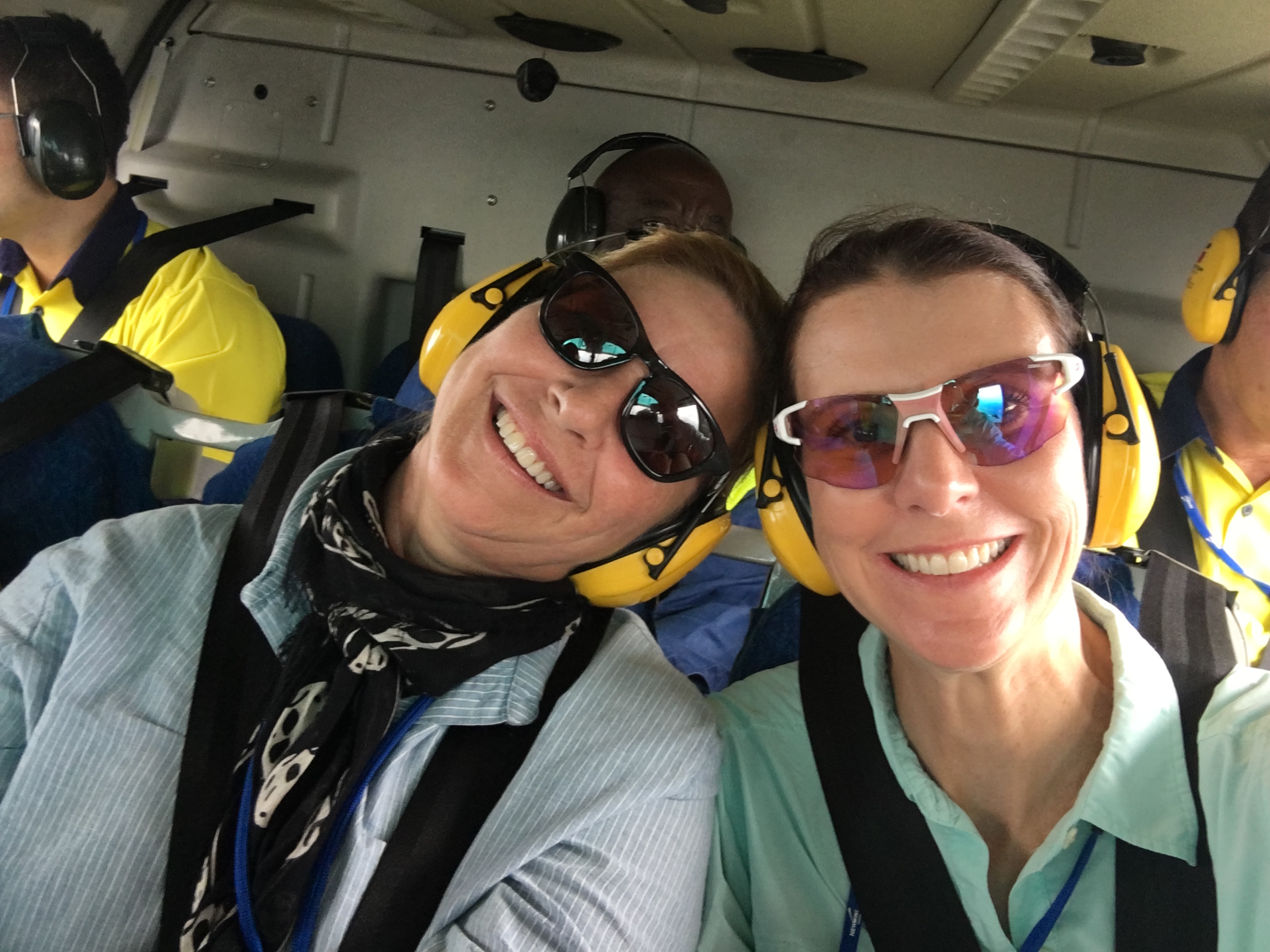Nancy Buese is the new Baker Hughes CFO, bringing deep industry experience and a passion for improving preparedness, team diversity and transparency.
After studying finance, economics and accounting in college, I worked in what was back then the Big Eight, including with EY where I worked with multinational clients, including in the mining and energy sector.
In 2005, I went to work for a very early IPO (Initial Public Offering) energy company, MarkWest Energy Partners. We IPOed at about $50 million, grew it, and sold it for $16 billion. That was my entry into the energy sector and it was all about customer service, growth, and keeping the lights on.

I was only 34 when I took the job, so for a growing CFO it was an opportunity to learn the hard way – by making mistakes. As a result, there’s very little in the finance world that I haven’t seen. It was every permutation of complex activities – and the most fun I've ever had. The five of us on the executive team remained from IPO to sale, so it was a really special time in my career and laid the groundwork for my love for the energy industry.
That was a domestic-only company and the perfect role for me at a time when my kids were little. In 2016, I had the opportunity to join Newmont, a large global mining company. I wanted to return to a company with a global footprint and that multi-jurisdictional complexity.
It was great, but the Baker Hughes opportunity is unique – it marries up core energy with the energy transition, which is something I’m incredibly passionate about. I did a ton of work in the ESG space in the mining world. This is an opportunity to apply what I have in my toolbox as we make an energy technology company very relevant for the future of the planet in the face of climate change and also participate in the evolving world of energy transition.
I’ve always been in very cyclical businesses. I’ve been called the ‘Chief Worry Officer’ many times, which I take with absolute pride. When we have good times in the cycle all I think about is, ‘It’s going to end tomorrow, we’ve got to be ready.’ My job is to think that every day is the day we’re going to crest the curve and it’s my job to make sure we have the hatches battened down.
I strongly believe companies in cyclical businesses differentiate themselves during the low cycles. That’s when those who have operational excellence, good discipline around their capital allocation, strong cultures, strong teams and strong leaders to lead them through those down cycles can really pull ahead.
I get joy out of building a strong foundation in the upcycle, so we can lead in the down cycle. People get worked up about the share price, but instead I think very intentionally about the things we want to do and deliver. If you do it all well on the upside, there’s a lot less strain and stress on the systems and on the human beings on the down cycle, because you can confidently say, ‘We’ve got this.’
I've learned so much in the past few weeks! We now have two businesses, Oilfield Services and Equipment (OFSE) and Industrial and Energy Technology (IET). The more I understand our structure, the more I like it, because one side of the business is a natural hedge towards the other.
Lorenzo Simonelli is an incredibly transformative leader. Our leadership team has to think and lead at an enterprise level as we have much work to do in taking the company forward. However, we are coming from a strong foundation and the base business is strong with great opportunities ahead.
Fundamentally, for the vast majority of our employees, they need to think about only a few things every day: safety, operational delivery, our diversity, equity and inclusion journey, and our ESG goals.
From my first role as CFO, I understood how to lead and build really dynamic teams, then when I went to Newmont, I had a global remit – people and teams all over the world. That’s when I turned the corner to be an enterprise leader. That’s a very different skill set to being just a team leader.
I’ve always had very large, very complex and dynamic teams, but leading a multicultural team is so different. For example, only 7% of my downline employees at Newmont spoke English as their primary language. There are real lessons about how to show up as a leader for such a global team, how to engage people, how to foster collaboration, and provide team members with really robust career opportunities. That was a real turning point for me to think differently at the enterprise level.

Purpose and values have to be really intertwined, and we have to clearly be values-based leaders. Sometimes that can be really difficult and will result in changes to an organization. In my former role, we had to terminate two high-level leaders under totally different circumstances as we continued to lead with our values.
One was when we’d instituted a global vaccine mandate and a very senior leader refused to be vaccinated. We terminated him and we put out a memo saying we had done that because he chose not to adhere to one of our major safety policies. We made it public. It was a big deal, and a very tough decision. We wanted to be crystal clear and transparent that these are our values, and if we are asking all employees to get a vaccine, we’re going to explain why we stuck to our guns and terminated a very capable leader.
The other was an individual who broke our code of conduct, in terms of ethics. Similarly, we put out a public media release and held an open forum with our employees to say, ‘This is why we took this decision, and this is why this individual cannot lead in this organization, because his actions were completely inconsistent with our values.’
As a leader it’s hard work, but you can do it in a positive context by highlighting examples of those who do lead with their values. To me, the values system and how we conduct ourselves is intertwined with our purpose, and that’s how we demonstrate it.
Before I started with Baker Hughes, I came to have dinner in Houston with some of the executive leadership team. At the table was CEO Lorenzo Simonelli, EVP People, Communications and Transformation Deanna Jones and Chief Legal Officer Regina Bynote Jones and me. I thought to myself, ‘There are not many places where you would go to dinner with senior executives, and it would be 75% female and 25% male.’ That doesn’t happen in real life, and it certainly doesn’t happen in industrial companies. On the way back to the hotel, I called my husband and said, ‘This is such an amazing dynamic and I can’t wait to be a part of it.’
Even in my first week with Baker Hughes – when I was over in London meeting with the team – the richness of gender diversity, cultural diversity, thought diversity and experiences was really notable. There are things in this company’s DNA that are extremely attractive and very aligned with our values. It’s important to highlight those.
When I think about the environmental part of ESG, there are so many places where we can use technology to help the cause in hard-to-abate industries, in terms of emissions measurement, tracking and accuracy. This is of course a very important focus for Baker Hughes.
The ‘E’ of ESG rightly gets a lot of attention, but there’s also huge opportunity to elevate the ‘S’ and the ‘G’, too, particularly with community relations.
One of the big areas of ESG I’ve worked in is governance. At Newmont, for example, we measured it from the point of view of our social license to operate. In a lot of places, people may not have electricity or running water, but they all have phones. When we’d begin working in a new area, we tried to institute a social grievance process so that we could understand what was going on in communities and get ahead of it. Things such as youth demonstrations, or tribal leader communications. I spent a lot of my time in Africa dealing with tribal leaders and we were able to meet the influential community leaders where they were by using a mode of communication that was most accessible to them – the mobile phone. In every circumstance, we were able to find a path towards communication, dialogue, and resolution via whatever mode worked best for the parties involved. Being flexible and agile in those instances made things better for the communities and drove a better outcome for the company.

People think about ‘G’ and terms of boards and governance, but it’s a whole lot more than that. It’s also governmental and regulatory.
On the social side, there’s also a huge opportunity to connect the world. What should expectations be and how do we communicate that better? There are companies all over the world doing similar things against similar objectives, so how do we not recreate the wheel? A lot of this is done at the microeconomic level, so how do we ensure that a community in Tanzania working with an energy company can benefit from something being done in the Pilbara in Western Australia?
I don’t have all the answers, but I am positive there are ways to use some of those platforms – whether it’s social media or actual technology to share – to connect people digitally around the globe who are all working towards the same objectives.
There’s so much opportunity and the future Baker Hughes is something to be really excited about. In terms of my career, it’s everything I’ve ever wanted and I’m so thrilled to be here.
Energy Forward Stories
Sign up to stay up to date on the latest innovations and people shaping the future of our industry.





